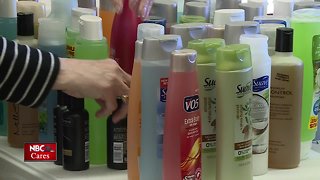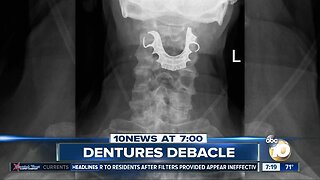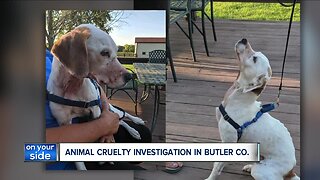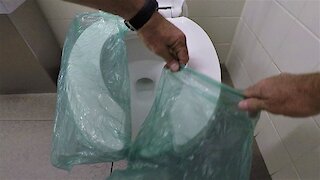Hygiene and ear, nose and throat for dogs
Weekly dog ear checks are essential to keeping your pet healthy. You may think that you do not have to do this yourself, but this is quite important especially with the ear-hooked dog or when the dog is allergic. If you observe their ears frequently, you will find that hygiene is necessary. Cleaning the ears of a dog at home is very simple if its ears are not contaminated or injured. Give proper care to your loyal friend by regularly checking and cleaning their ears, whether they are ear-eared or other breeds.
first
Check the dog's general ear. Sit or stand beside the dog so you can see inside your ears easily. If you only see dirt or earwax, then you may begin to perform cleaning.
Observe if there is water coming out of the ear canal (colorless, gray or brown), earwax, thick, swollen, scabby, or any wound. If you see one of these signs, do not clean the dog's ears, but immediately contact a veterinarian for advice.
You can't see it deep inside the dog's ear canal because of the twisted structure of the bottom of the ear where it touches the head. Do not clean too deep inside their ears without the guidance of a doctor. Never use earwax to clean the ear canal because if you put hard and small objects deep in the dog's ear, you could cause the eardrum to leak.
2
Watch for parasites or foreign objects in their ears. Dog ears often have some unwanted objects because they often run on grass or wooded areas, so they often get things like seeds, tops and grass in their ears. When you see any of these objects, you first need to (gently) remove them and then clean your dog's ears. If this does not work, you should take your dog to a professional veterinary facility.
Mites, ticks and fleas all prefer parasites in relatively hidden places in and around dog ears. A mite will make the dog itchy and can cause a brown, pusy discharge inside the ear. You will need a veterinarian to diagnose and treat dog ear mites. As for ticks and fleas, they can be killed (and prevented) by many different chemicals that you can easily buy from a veterinarian's office.
3
Watch for signs of infection on the outside of your ear. [2] Bacterial ear infections can turn from a mild, easily treated infection with medication to a serious and uncomfortable infection for your dog. Veterinarians need to be aware of the early diagnosis and treatment of ear infections because of the potential for serious complications.
Dog Ear Hygiene
Dip a cotton ball in rubbing alcohol solution. Drain the cotton ball so that it retains moisture without water interference. For small dogs, you can use half a cotton pad.
Alternatively, you can wrap a gauze around your index finger justly and dip it into the cleaning solution. The gauze should not be too wet. If you accidentally let the solution absorb too much, gently squeeze the swab and continue to clean the dog's ears. This is an alternative to earwax, but it can make your dog a little uncomfortable. Just use your thumb and index finger to hold the gauze.Clean your dog's ears regularly. Weekly testing and ear hygiene (if needed) will be a great plan to help keep your puppy free from health problems. The dirt in the ear usually fills up quite quickly and can lead to infection, especially with the dog-eared dog.
-
 2:50
2:50
WGBA
5 years agoHygiene Drive
45 -
 0:43
0:43
KTNV
4 years agoHygiene essentials for the homeless
21 -
 3:15
3:15
WMAR
5 years agoDental Hygiene Month
46 -
 10:12
10:12
KMTV
4 years agoAubrey Trail slashes throat
37 -
 0:21
0:21
ViralHog
4 years ago $0.28 earnedDoggy Loves Dental Hygiene
5851 -
 0:52
0:52
KGTV
4 years agoMissing dentures found in man's throat?
16 -
 9:54
9:54
Ranker
4 years agoWhat Hygiene Was Like For Medieval Peasants
41 -
 0:35
0:35
ViralHog
4 years agoBird Buddy Helps with Dental Hygiene
136 -
 0:33
0:33
WEWS
4 years agoDog found with throat cut, mouth shut near Cincinnati
17 -
 0:27
0:27
WildCreatures
4 years ago $2.34 earnedClever & easy bathroom hack for safety and hygiene
18.5K2